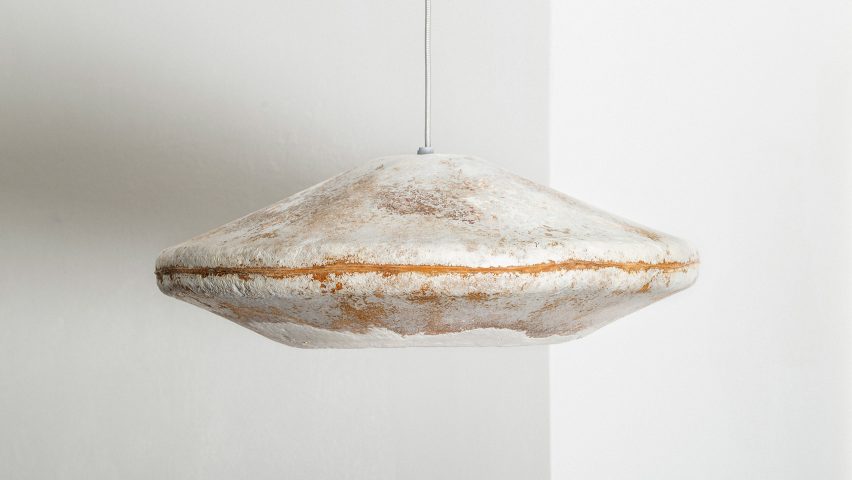23.11.2022
Reading group
Based on the book ‘Ecological Design’ by Sim Van Der Ryn & Stuart Cowan, the class discussed an overall view of ecological design and it’s examples.
I would interpret ecological design as a design that strives to reduce environmental impacts by producing design that are relevant to their surroundings. This means that whatever is produced, living things are necessary to relate with it’s environment. There should and always be an interaction with the natural world.

‘Ego-Eco’ – Humankind is part of the ecosystem, not apart from or above it © S. Lehmann, 2010
Examples of ecological design that is a ‘style’ :
1. Greenwashing design: Design that uses tagline to convince users of its claimed sustainability
- Biodegradable plastic: it can be decomposed over time, but the process is slow and generates more waste. In a short period, it can end up in landfills or the sea which is harmful for the sea creatures. Before it degrades, its making more harm.
Examples of ecological design that is not a ‘style’:
1. Lampshade made of mushroom mycelium: The 60cm wide shade was made from waste organic materials which icludes sawdust and straws mixed with mycelium. Mycelium is respresented as a part where fungi grows/ root of a plant. The mixture is poured into a mould to let the fungi grow at a certain temperature. Here, the fungus begins to absorb the trash and grow to conform to the mould of the lampshade. No glue or chemicals were required since mycelium functions naturally as a binding component. Read more at: https://www.dezeen.com/2022/11/01/myceen-mycelium-pendant-lights-b-wise-dutch-design-week/

By Alice Finney (2022)
Source: Dezeen.com
Thanks.
Love, Aliah

